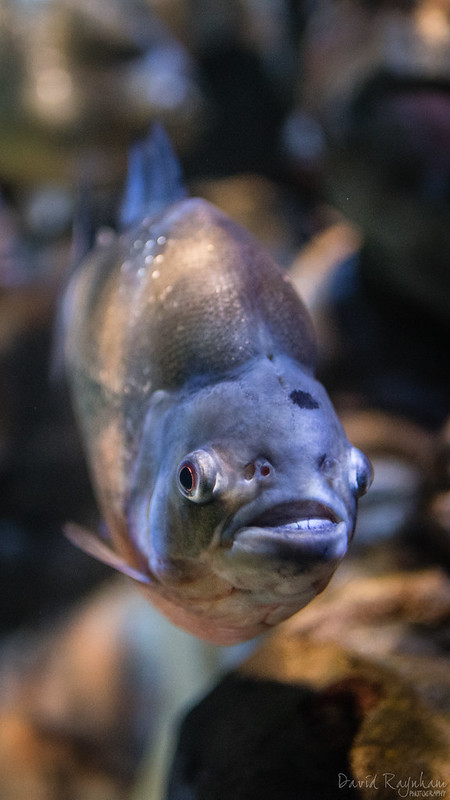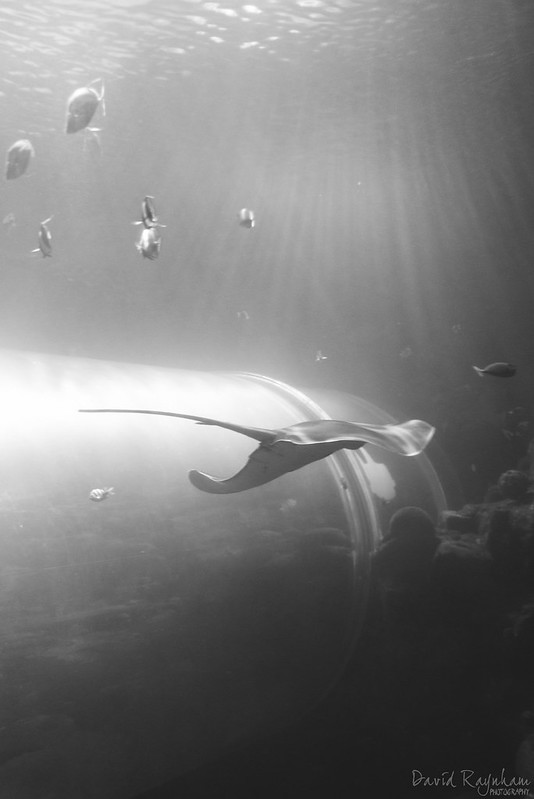- Messages
- 915
- Name
- Adrian
- Edit My Images
- No
I went to my local John Lewis today specifically to play with a D750. Want. Badly.
Unfortunately, the merest mention of a new camera has resulted in cold-war strength tensions within the household. I would estimate that we're currently at DEFCON 2.
This may even necessitate... flowers.
Unfortunately, the merest mention of a new camera has resulted in cold-war strength tensions within the household. I would estimate that we're currently at DEFCON 2.
This may even necessitate... flowers.






 I need a bit more help.
I need a bit more help. 

